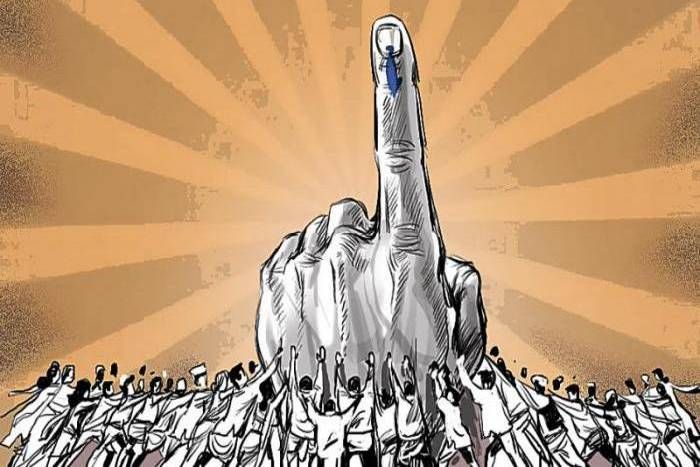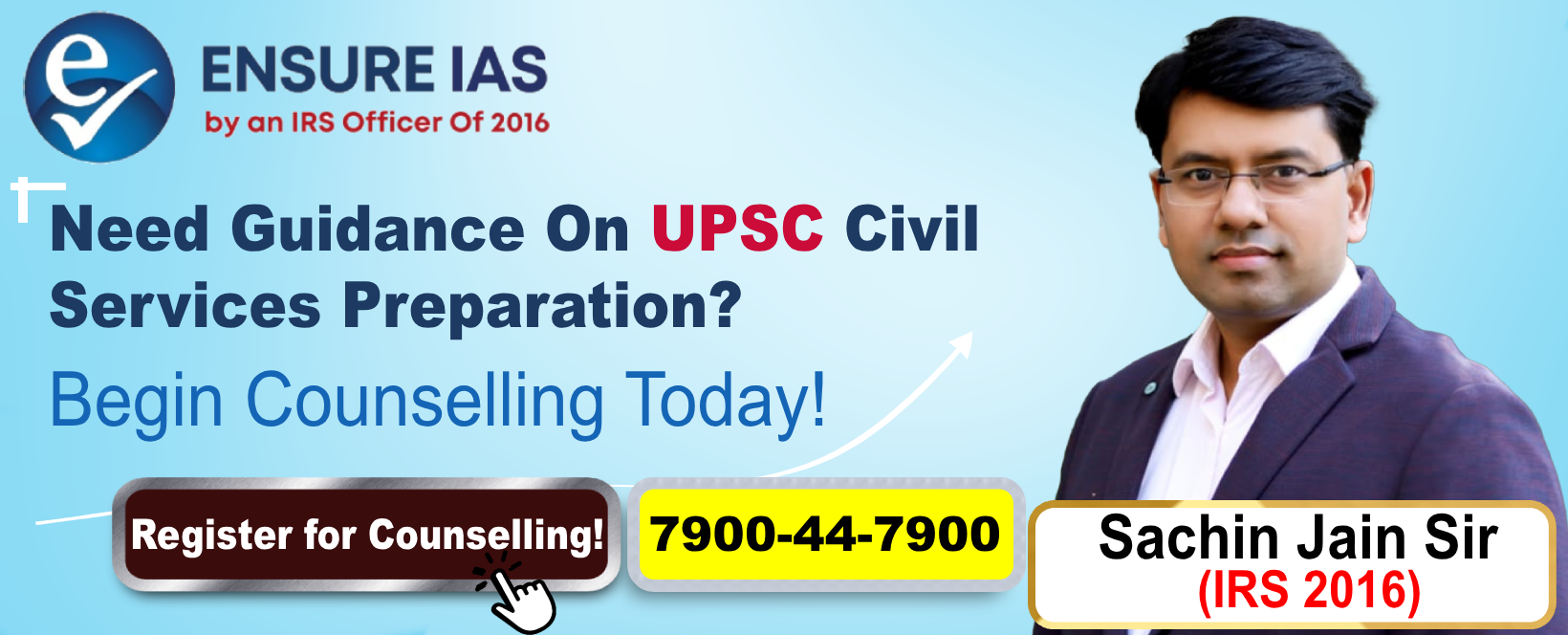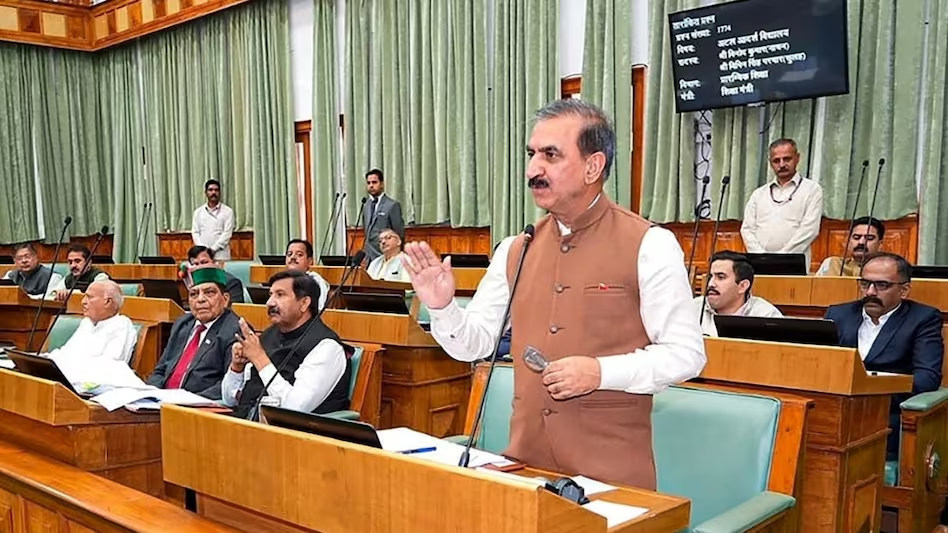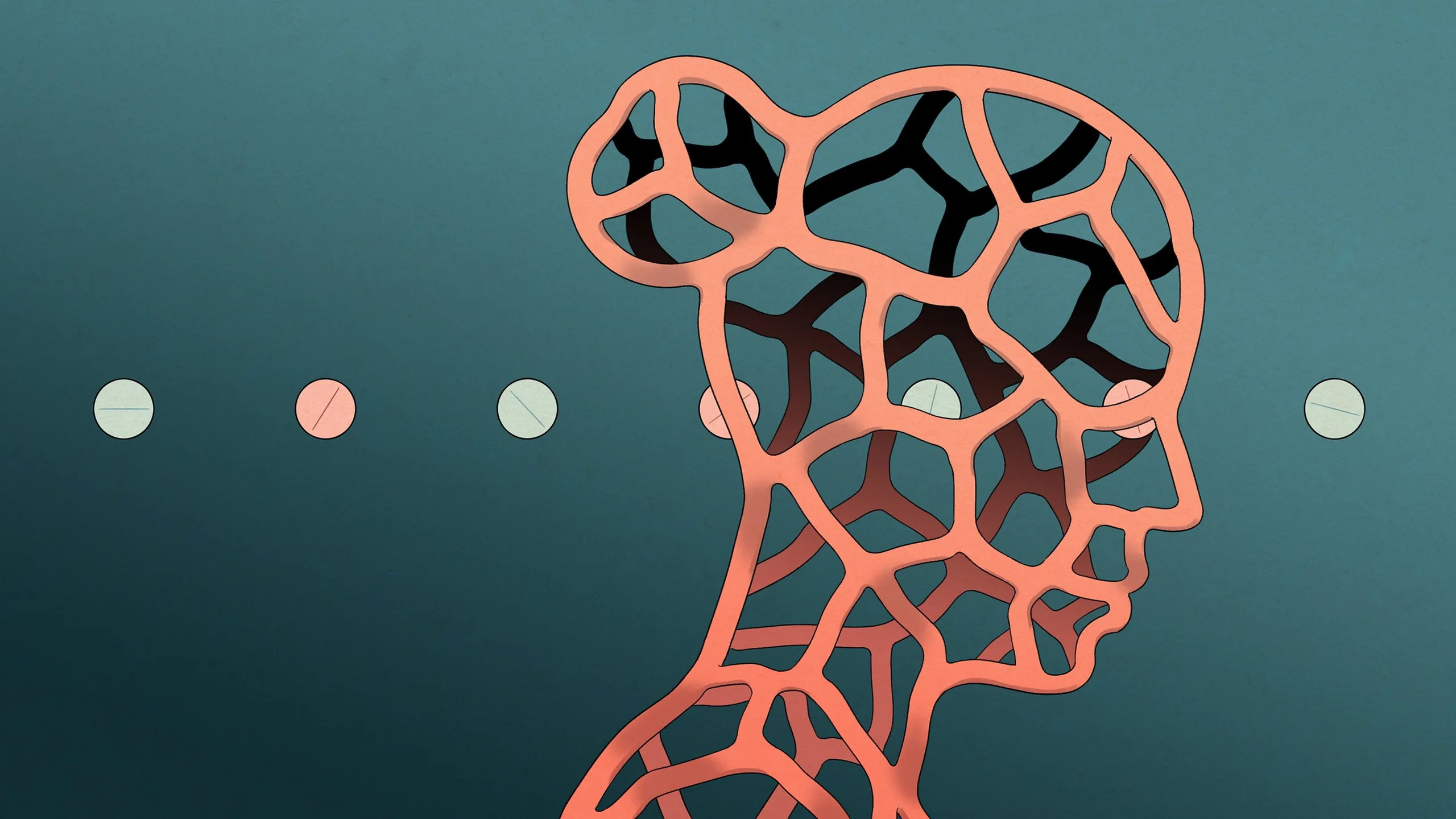- Courses
- GS Full Course 1 Year
- GS Full Course 2 Year
- GS Full Course 3 Year
- GS Full Course Till Selection
- Answer Alpha: Mains 2025 Mentorship
- MEP (Mains Enrichment Programme) Data, Facts
- Essay Target – 150+ Marks
- Online Program
- GS Recorded Course
- Polity
- Geography
- Economy
- Ancient, Medieval and Art & Culture AMAC
- Modern India, Post Independence & World History
- Environment
- Governance
- Science & Technology
- International Relations and Internal Security
- Disaster Management
- Ethics
- NCERT Current Affairs
- Indian Society and Social Issue
- NCERT- Science and Technology
- NCERT - Geography
- NCERT - Ancient History
- NCERT- World History
- NCERT Modern History
- CSAT
- 5 LAYERED ARJUNA Mentorship
- Public Administration Optional
- ABOUT US
- OUR TOPPERS
- TEST SERIES
- FREE STUDY MATERIAL
- VIDEOS
- CONTACT US
Simultaneous Elections
Simultaneous Elections

Why in the News?
- The Parliamentary Joint Committee is reviewing:
- Constitution (One Hundred and Twenty-Ninth Amendment) Bill, 2024
- Union Territories Laws (Amendment) Bill, 2024
- These bills seek to introduce simultaneous elections across India.
- Previous CJIs expressed concerns about legal infirmities in the proposed laws.
|
Parliamentary Joint Committee:
|
What are the Key Highlights?
- No Constitutional Bar on Simultaneous Elections
- The Constitution does not prohibit holding national and state elections together.
- Conducting them simultaneously does not violate the principles of free and fair elections.
- Staggered Elections Not Part of Basic Structure
- Former Chief Justice of India (Ex-CJI) noted that staggered elections were not originally envisioned in the Constitution.
- It is not a part of its basic structure.
- Electorate is Politically Mature
- The claim that Indian voters are too naive to distinguish between national and state issues during simultaneous polls was dismissed.
- The electorate is considered capable of making informed choices.
- Separate Election Timings Not Essential
- It is not necessary to separate election timings for national and state issues, as voters can clearly differentiate between the two, even when polls are held concurrently.
- Legal Support for Simultaneous Polls
- The Ex-CJI expressed support for the legal feasibility of simultaneous elections.
- He endorsed the government's move to implement it through the proposed 129th Constitutional Amendment Bill, 2024.
Simultaneous Elections
Historical Background
Rationale for Simultaneous Elections
|
Challenges and Way Forward:
|
Challenges |
Way Forward |
|
Marginalisation of smaller/regional parties |
Implement electoral safeguards like proportional representation or funding aid. |
|
Logistical and administrative hurdles |
Strengthen Election Commission capacity and ensure infrastructure upgrades. |
|
Premature dissolution of assemblies |
Amend laws to allow constructive votes of no confidence or fixed-term mechanisms. |
|
Federal concerns from states |
Build consensus with state governments through dialogue and negotiation. |
|
Legal challenges and interpretation issues |
Frame the reform within a robust constitutional amendment process. |
Conclusion
Justice D.Y. Chandrachud’s views present a balanced constitutional perspective in support of simultaneous elections. He acknowledges genuine concerns such as regional representation and logistical feasibility, but maintains that staggered elections are a convention, not a constitutional compulsion. As India considers electoral reforms, he emphasizes the need to focus on institutional safeguards, democratic inclusiveness, and consensus-building.
|
Ensure IAS Mains Question: Discuss the constitutional, political, and administrative implications of introducing simultaneous elections in India. Critically examine whether staggered elections can be considered an immutable feature of the Constitution. (250 Words) |
|
Ensure IAS Prelims Question: Q. With reference to the proposal of holding simultaneous elections in India, consider the following statements:
Which of the statements given above is/are correct?
Answer: b Explanation: Statement 1 is incorrect: The original Constitution of India did not explicitly mandate simultaneous elections. While elections to the Lok Sabha and State Legislative Assemblies were held simultaneously in the early years (1951–1967), this was not a constitutional mandate but a practical arrangement. Statement 2 is correct: Justice D.Y. Chandrachud, has indicated that staggered elections are not an unchangeable feature of the Constitution, suggesting flexibility for reforms like simultaneous elections. Statement 3 is correct: Implementing simultaneous elections would require amendments to the Constitution (e.g., Articles 83, 172) and statutory changes to synchronize the terms of Lok Sabha and State Assemblies. |
|
Also Read |
|
| FREE NIOS Books | |




